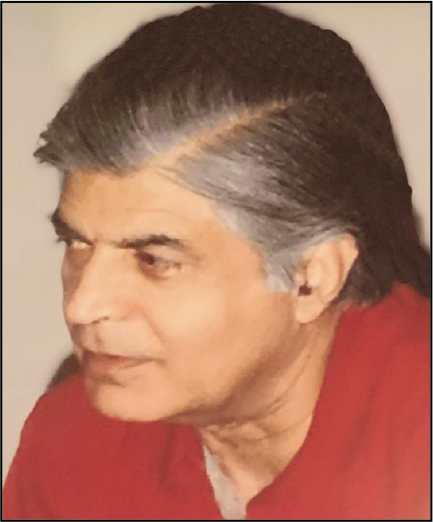Translate this page into:
Obituary

Man Mohan Kapur
(9 June 1931–3 August 2021)
Professor Man Mohan Kapur was among the first surgeons in India to dream of establishing Endocrine Surgery as a subspecialty of general surgery. He was born on 9 June 1931, in Lahore, now in Pakistan. After his schooling at Lahore, he graduated from the Government Medical College, Calcutta (now Kolkata), and then went to the UK to pursue further education. After receiving a Fellowship of the Royal College of Surgeons of Edinburgh, he started his career in surgery at Sheffield University, where his association with Dr Selwyn Taylor (b. 1913) set him off on a lifelong pursuit of excellence in Endocrine Surgery, as well as a passion for sharing his knowledge through writing textbooks. He returned to India and, in 1963, joined the recently set up public hospital and research centre, All India Institute of Medical Sciences, New Delhi (AIIMS).
At AIIMS he headed a unit that provided advanced surgical service from 1972, and went on to become Professor of Surgery. Expanding the field of Endocrine Surgery, and researching and addressing male infertility and contraception, remained his major interests. He was instrumental in establishing Endocrine Surgery as a specialty, especially in northern India, in recognition of which he was conferred the Lifetime Achievement award by the Asian Association of Endocrine Surgeons. He was also the recipient of the Commonwealth Fellowship, the WHO Visiting Scientist Award, and the Oration of the Endocrine Society of India.
He had a unique way of teaching, always encouraging, prompting his students to learn more, go beyond their comfort zones, strive high. During tense surgical procedures, he would share anecdotes and the operation theatre would light up with laughter and ease under his guidance. He was pleasant and cordial in the wards, with patients and juniors alike. In operation theatres and in treatment discussions, he listened carefully, bringing out the best in his team. He had a subtle way of making his opinion heard and considered, without dismissing the other person’s point of view. There was a pleasantness in his demeanour and way of being with others, and this enhanced both patient care and work environment. His Nikon camera was his constant companion during ward rounds and in operation theatres; his patient record-keeping was so meticulous that these records are referred to even today.
The virtues of his teaching were imbibed in his students’ personalities; he shaped them and snatches of him are reflected in many doctors to this day. About three dozen postgraduates were trained in his unit till his voluntary retirement in 1988. He had a deep interest in medical education and served as Sub-Dean at the AIIMS. He introduced community orientation to the training programme of medical undergraduates. He served as an examiner for universities in India and the Royal College of Surgeons. He published extensively in scientific journals, and wrote on surgery and healthcare. He published six textbooks on surgical instruments and operative procedures.
Dr M.M. Kapur was closely associated with male reproduction projects in collaboration with the WHO Collaborating Centre on Reproductive Technologies (CCRT). He was one of the earliest surgeons in India to practise microsurgical reversal of obstructive azoospermia. In 1986, he joined the WHO and served as team leader of a project providing quality assurance in clinical contraceptive services in Bangladesh. He later served as Regional Advisor of Medical Research at the WHO Regional Office in Delhi. He was a member of the steering committee of the WHO task force on Male Methods of Fertility Regulation at Geneva.
He was a good orator, handsome and always immaculately dressed. He was a generous host, and those of us who had the privilege of working with him still savour the wonderful invitations to his home and the delightful food he shared. An outdoor person, he loved playing squash.
After his retirement, he continued his interest in the practice of medicine and its changing trends in India. He maintained a blog to keep in touch with members of the medical fraternity and his students. His popularity and the respect the fraternity had for him was evident in the responses he received on social media.
He faced some medical problems in the latter years of his life, but that did not deter him from being socially and professionally active. He was in the process of giving final touches to two books on his favourite subjects—surgical instruments and surgical techniques. His colleagues and students of the past five decades gathered online, and celebrated his ninetieth birthday with him. It was to be our last meeting.
He left this world on 3 August 2021 after giving decades to the profession and inspiring the younger generation of doctors. He will be missed.
He is survived by his wife, Dr (Mrs) Puja Kapur, two daughters, a son, and four grandchildren.




